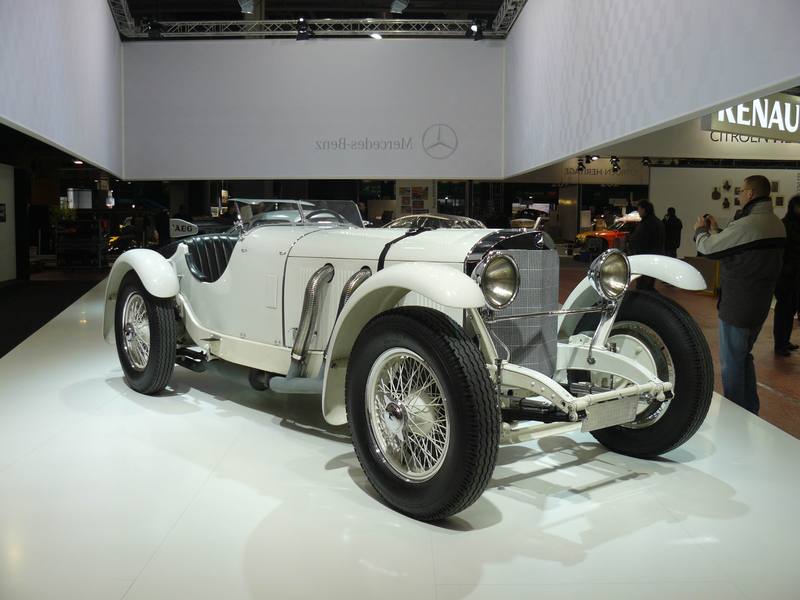
Test drive Mercedes-Benz SSK: Compressor!
Content
Auto legend was born between the two wars / Mercedes-Benz SSK is one of the most famous legendary cars in automotive history. The white giant with a majestic seven-liter engine and a huge compressor debuted more than 90 years ago.
Anyone who has had time to touch the automotive history can tell a lot about those cars. In those days, it was not uncommon for new cars to appear that inspired the sports world with a mixture of bold technological solutions and inspiring performance.
Among them were the famous German "silver arrows" of the 30s - the Ferrari 250 SWB and the Porsche 917. The Mercedes-Benz SSK, a white giant with a monstrous compressor, has a similar special aura. This car is in a sense a loner, because it towers over everyone.
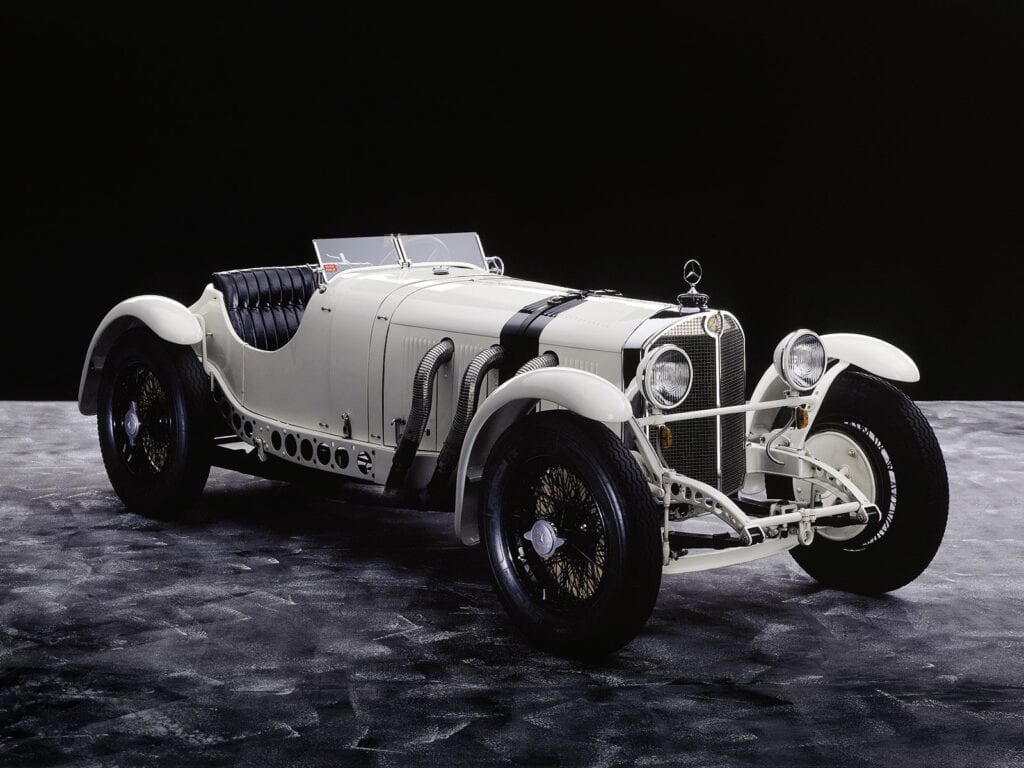
The development of the SSK and its later light version SSKL (Super Sport Kurz Leicht - supersport, short, light) began in the summer of 1923 in Stuttgart. Then Ferdinand Porsche was tasked with developing a range of models with a six-cylinder engine.
Only now he designs something that "slightly" exceeds the established. “The board of directors of Daimler-Motoren-Gesellschaft (DMG) wanted to develop a new high-end touring car, but Porsche designed a racing car for them,” says brand development specialist and historian Carl Ludwigsen.
The first experience, named 15/70/100 PS, is not particularly impressive. Its successor 24/100/140 PS served as the basis for subsequent successful models. The sequence of three numbers in the model description means three horsepower values - tax, maximum, maximum with the compressor on.
Six-cylinder engine with "royal" shaft
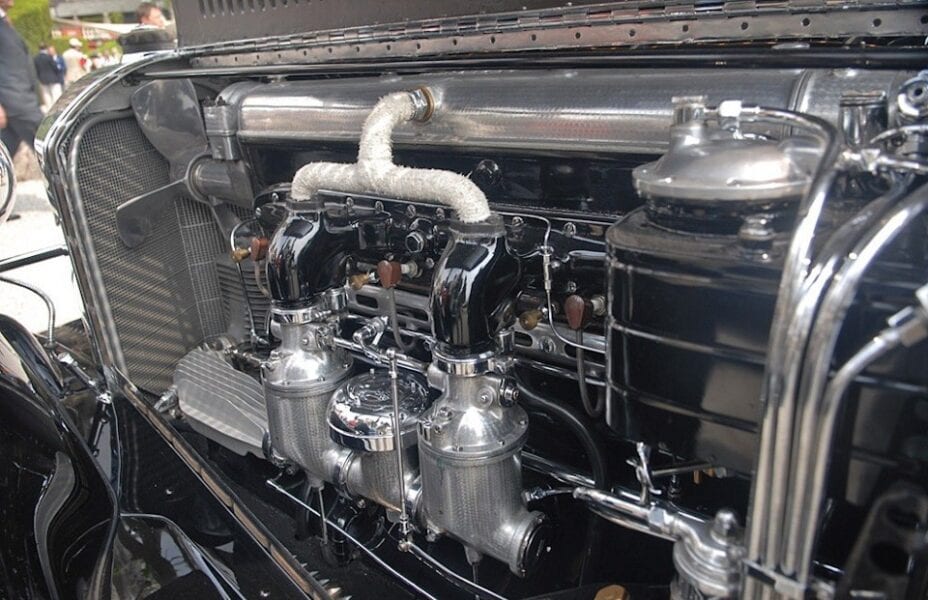
The large and durable six-cylinder engine features a long Silumin light alloy cylinder block and gray cast iron cylinder liners. The cast-iron cylinder head houses a camshaft that opens two valves each in the cylinder head in the typical Mercedes way with rockers.
The shaft itself, in turn, is driven by another shaft, called the "royal" shaft, at the rear of the engine. A diameter of 94 mm, a stroke of 150 mm provide a working volume of 6242 cm3, and when the driver activates a mechanical compressor, the rotation increases by 2,6 times. The body is mounted on a supporting frame with longitudinal beams and transverse elements. Suspension - semi-elliptical, spring. Brakes - drum. And all this combined with a majestic center distance of 3750 mm in length.
In the summer of 1925, DMG achieved its first success, and the young pilot Rudolf Karachola from Remagen, Germany, opened the stage. The following year, the Stuttgart-based company DMG merged with Benz in Mannheim to form the Daimler-Benz AG, and based on the 24/100/140 e, the Model K was designed with a wheelbase shortened to 3400 mm and traditionally fitted with rear springs. Dual ignition, large valves and some other changes increase the power when the compressor is activated to 160 hp.
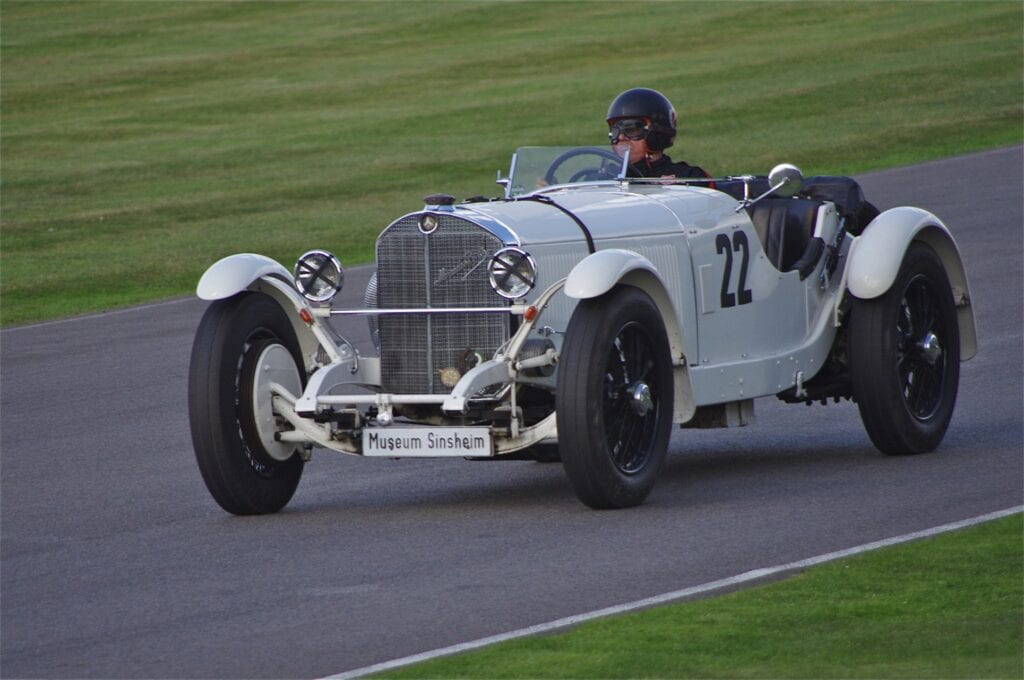
The evolution continues with the Model S since 1927. The new undercarriage significantly lowers the K-car's stance, resulting in 152 mm of clearance, and the six-cylinder unit being moved 300 mm back. A significant number of technical changes, among which new wet cylinder liners, are part of the evolution of transport to the t. Garnet. M 06. With the cylinder bore increased to 98 mm and the piston stroke unchanged, the working volume increased to 6788 cm3, and its power, when the compressor was activated, increased to 180 hp. If you add high-octane benzene to gasoline, you could reach up to 220 horses. With such a model weighing 1940 kg, Karachola wins at the Nurburgring on June 19, 1927.
Another two millimeters increase in cylinder diameter results in the largest and final displacement of 7069 cm3 (in development of this machine). Now the tourist supermodel of the car has received the name SS – Super Sport. For racing purposes, in 1928, a version of the SSK was designed with identical filling, but with a wheelbase shortened to 2950 mm and weight reduced to 1700 kg. The compressor with an additional increase in volume, known as the Elefantenkompressor, provides the engine with power in excess of 300 hp. at 3300 rpm; in extreme cases, the device can spin the motor up to 4000 rpm.
Win streak
With the SSK model, Karachola and his colleagues were able to become serial champions. In 1931, with SSKL, another, final step in the development of the model was made.
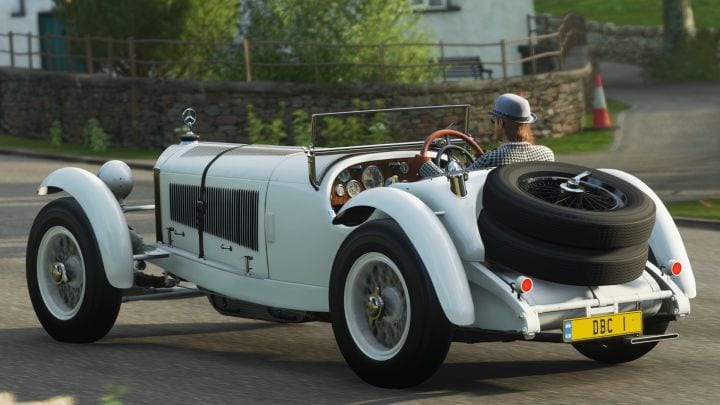
When in 1928. Ferdinand Porsche has left office and is replaced by Hans Niebel from Mannheim, who brings with him his Benz colleagues Max Wagner and Fritz Nalinger. Wagner, in turn, pulled the drill and lightened the SSK by 125 kg, turning it into an SSKL. With him, Karachola was out of competition at the German Grand Prix and Eifelrenen at the Nurburgring. The aerodynamic streamlined version extends the life of the SSKL until 1933, but this is indeed the last stage of this model. A year later, the first Silver Arrow was introduced. But that's a different story.
Mercedes SSK today is still terrifyingly fast
According to Karl Ludwigsen, only 149 copies were made from the S model - 114 from the SS version and exactly 31 SSK, some of which were converted to SSKL using a drill. Many S and SSs were reduced to SSK by reduction - and this happened partly during the active time of the model in the late 20s and 30s, because many private pilots around the world used the white elephants SSK and SSKL for a long time. ...
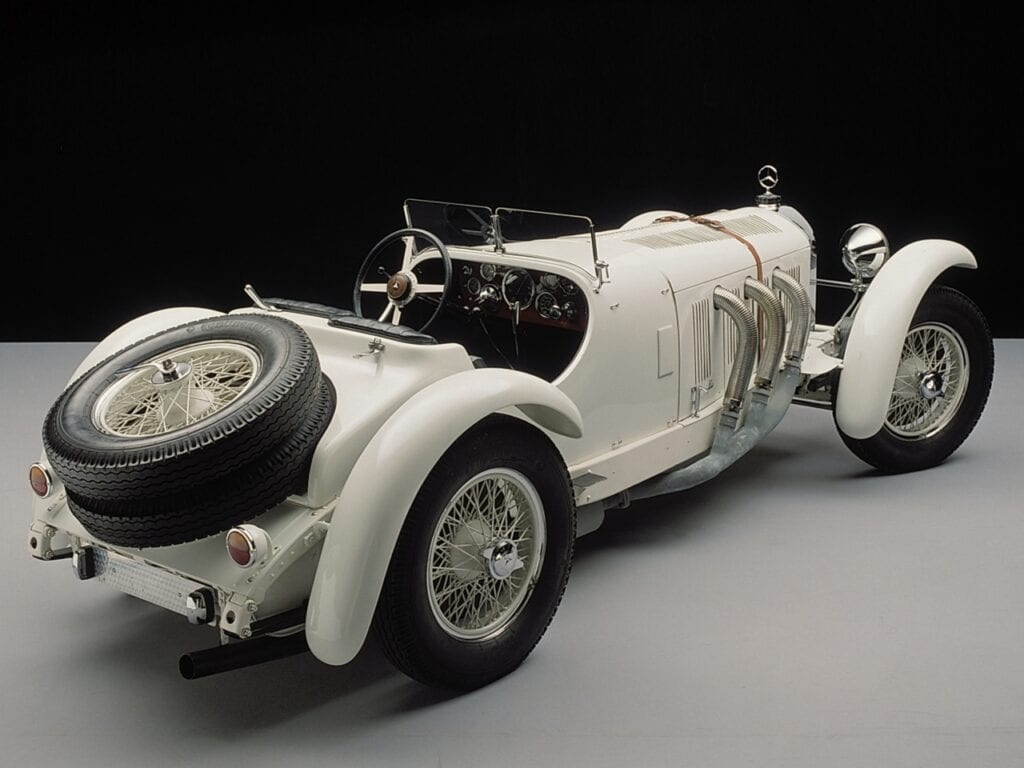
As is often the case with racing cars, there are also mixed forms: some in the chassis, others in the motor - and finally get two SSKs. But what's so attractive about this 90-year-old design? To understand this, you need to experience what Jochen Rindr did on the North Circuit with the museum SSK or Thomas Kern with SSKL and a private collection - with more than 300 hp. and tremendous torque. When the rumble of the seven-liter six-cylinder drowns out the raspy sound of the compressor, it chills to the core every time.